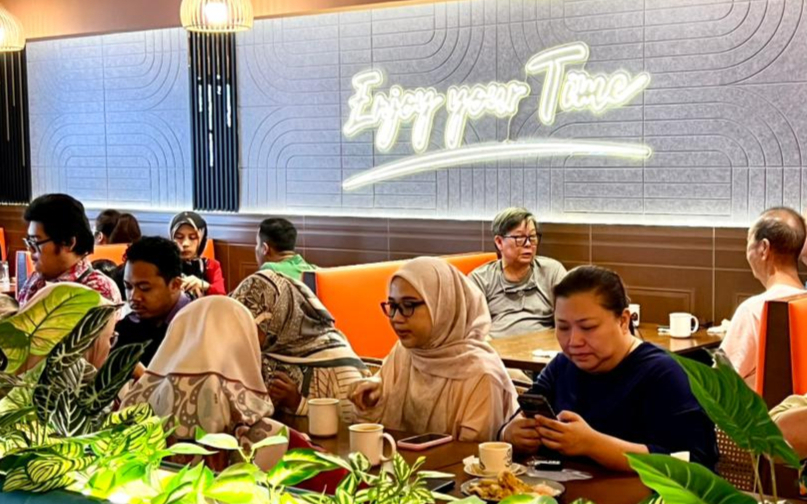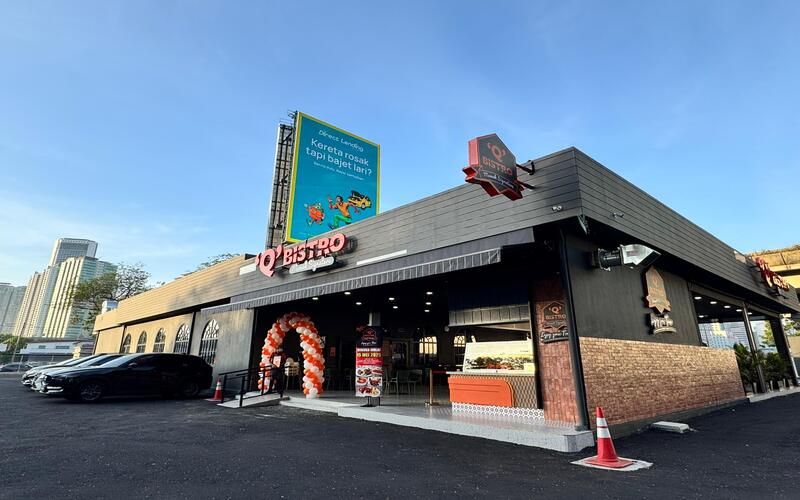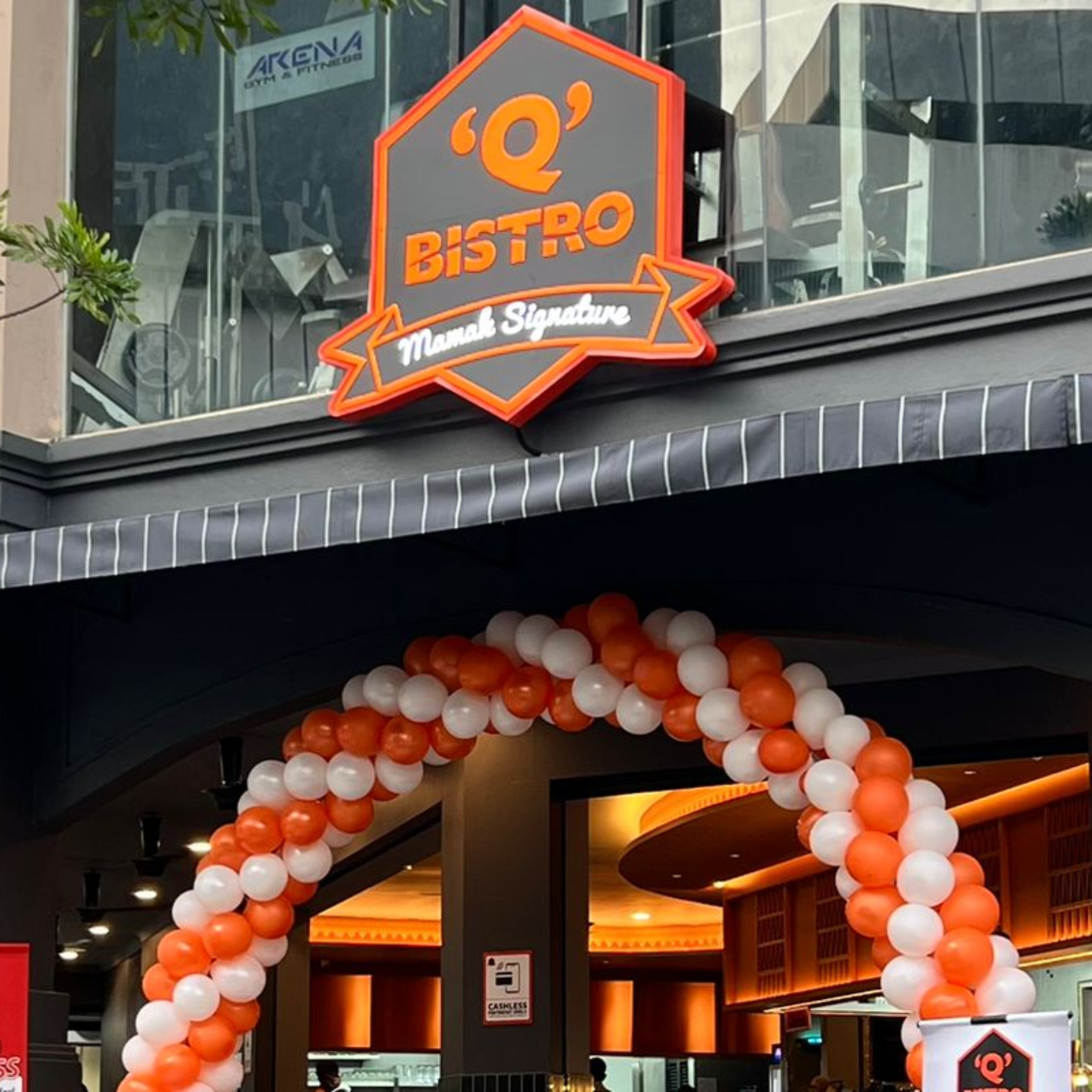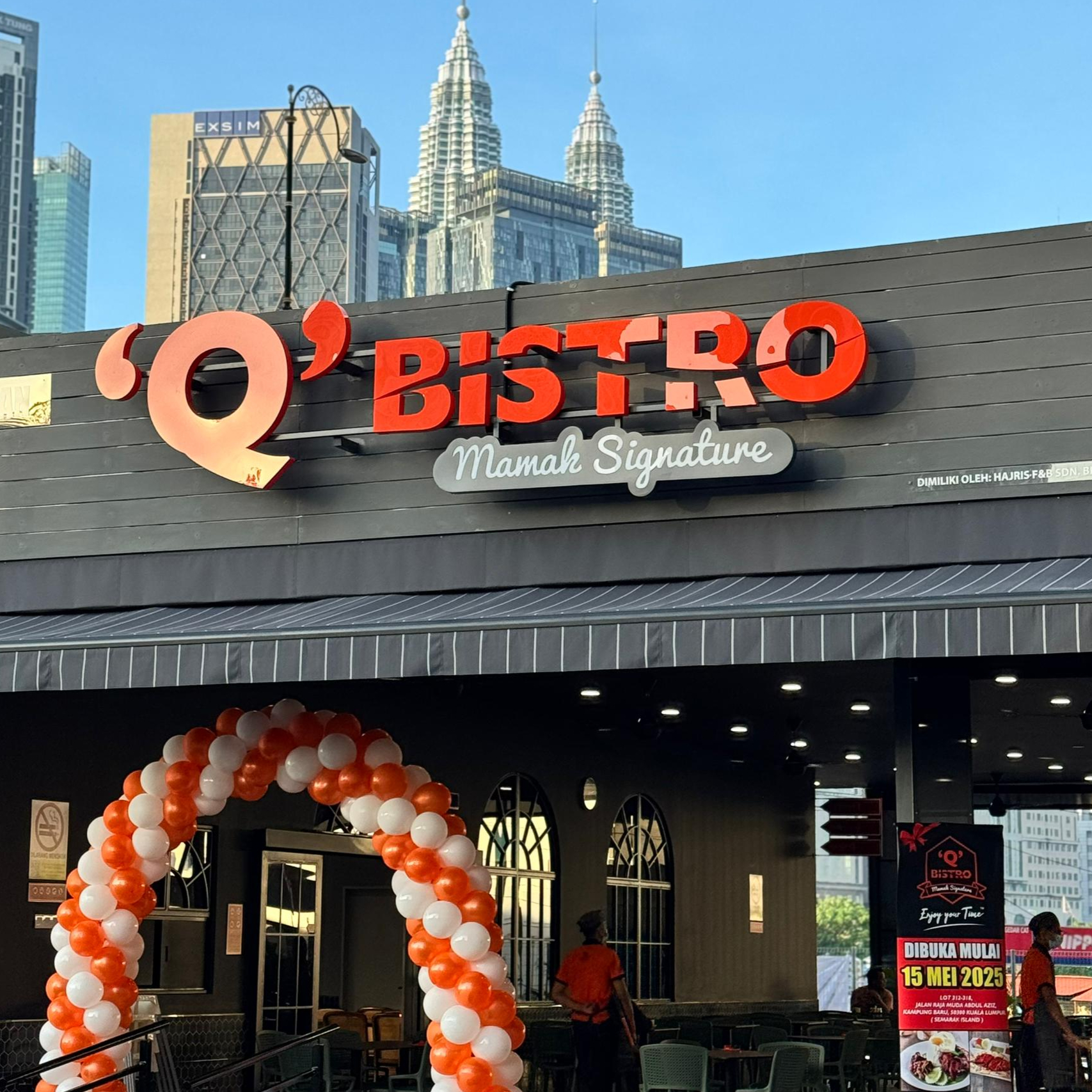Nasi Kandar: A Culinary Journey Through Malaysia’s Heritage
Share This Story, Choose Your Platform!
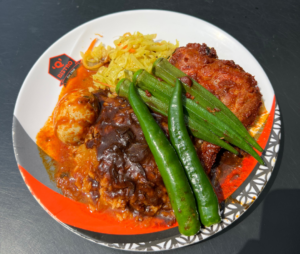 Nasi Kandar, a beloved Malaysian dish with roots tracing back to the vibrant streets of Penang, stands as a testament to the nation’s rich culinary heritage.
Nasi Kandar, a beloved Malaysian dish with roots tracing back to the vibrant streets of Penang, stands as a testament to the nation’s rich culinary heritage.
Bursting with aromatic spices, flavorful curries, and tender meats, this menu embodies the multicultural essence of Malaysia, reflecting the diverse influences that have shaped its gastronomic landscape.
In this article, we embark on a journey to unravel the history, cultural significance, and tantalizing flavors of Nasi Kandar, exploring its evolution from humble origins to a cherished culinary tradition.
Along the way, we’ll delve into the unique regional variations, signature dishes, and the modern-day culinary scene, with a special focus on the offerings at Q Bistro restaurant.
From the bustling streets of Penang to the contemporary dining tables at Q Bistro, Nasi Kandar has journeyed through time, retaining its authenticity while adapting to the changing tastes of Malaysian society.
History of Malaysia
Before delving into the intricacies of Nasi Kandar, it’s essential to grasp the historical tapestry that forms the backdrop of Malaysia’s culinary narrative.
Situated at the crossroads of Southeast Asia, Malaysia boasts a rich history shaped by centuries of vibrant trade, significant migration patterns, and profound cultural exchange.
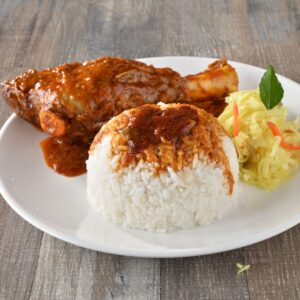
From the ancient Malay kingdoms that flourished along the Peninsula to the colonial era of British rule, Malaysia’s heritage is a mosaic of diverse influences, including Malay, Chinese, Indian, and indigenous cultures.
This melting pot of traditions has not only shaped the socio-political landscape but has also left an indelible mark on Malaysian cuisine, with each region offering its own distinct culinary specialties and flavors.
Furthermore, the interplay of these diverse cultural elements has fostered a dynamic culinary scene characterized by fusion and innovation.
Over the centuries, Malaysians have creatively adapted and combined ingredients, cooking techniques, and flavors from various cultural traditions, resulting in a vibrant tapestry of culinary delights.
This amalgamation of culinary influences has not only enriched Malaysia’s gastronomic heritage but has also contributed to the country’s identity as a global culinary destination.
We see that Malaysia’s historical narrative unfolds as a vibrant tapestry of diverse influences, including Malay, Chinese, Indian, and indigenous cultures, shaping its rich culinary heritage.
Origins of Nasi Kandar
The bustling streets of Penang in the early 20th century serve as the birthplace of Nasi Kandar.
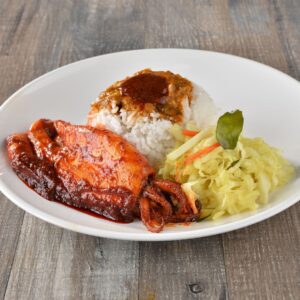
Itinerant Indian Muslim vendors, known as “nasi kandar men,” roamed the streets, balancing baskets filled with steaming pots of rice and an array of curries on kandar poles.
These vendors primarily catered to the dock workers of Weld Quay, offering hearty meals of rice and curry to fuel their day.
Over time, the popularity of Nasi Kandar grew, evolving from humble street food to a culinary phenomenon embraced by Malaysians of all backgrounds.
Transitioning into the mid-20th century, Malaysia saw the traditional method of carrying this menu on shoulder poles giving way to stationary stalls and restaurants.
However, the dish’s cultural significance remained deeply ingrained in Malaysian society.
This menu transcended mere sustenance; it became a symbol of communal dining, uniting people from diverse backgrounds to share in the pleasures of flavorful curries and fragrant rice.
Today, Nasi Kandar maintains its special place in Malaysian culture, celebrated during festivals, weddings, and everyday meals alike.
Moreover, as Malaysia progressed into the modern era, this menu underwent further evolution, with innovative variations and reinterpretations reflecting the country’s dynamic culinary landscape.
This continual adaptation not only preserves the dish’s cultural heritage but also showcases Malaysia’s culinary creativity and diversity on a global stage.
Regional Variations and Signature Dishes
Across Malaysia, various regional variations of Nasi Kandar have emerged, each adding its unique twist to the classic dish.
In Penang, the birthplace of this menu, vendors like Hameediyah serve traditional favorites such as fish curry, fried chicken, and boiled eggs atop a mound of steamed rice.
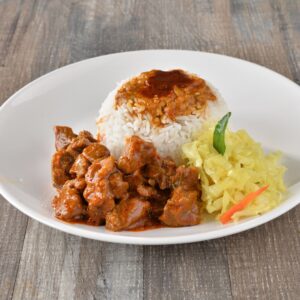
In Ipoh, nasi ganja delights diners with its spicy curries and bold flavors, while nasi lemak royale in Alor Setar offers a regal twist on the beloved dish.
Q Bistro restaurant presents patrons with the opportunity to experience the culinary diversity of Malaysia through a curated menu of Nasi Kandar specialties, ranging from succulent lamb shank to aromatic fish curry.
Central to Nasi Kandar are aromatic spices, flavorful curries, and tender meats that tantalize the taste buds and awaken the senses.
The secret to perfecting this menu lies in the careful balance of flavors, with each curry offering its unique blend of spices and ingredients.
From the fiery heat of chicken curry to the rich depth of beef rendang, every bite tells a story of culinary craftsmanship and cultural heritage.
At Q Bistro, diners indulge in the vibrant flavors of Malaysia, with each dish thoughtfully prepared to capture the essence of Nasi Kandar – Daging Kicap, Kambing Mysore, Ikan Kari Bawal, Lamb Shark and Sotong Q.
In conclusion, Nasi Kandar stands as a culinary masterpiece that embodies the rich tapestry of Malaysia’s heritage.
From its humble beginnings on the streets of Penang to its modern-day resurgence in restaurants like Q Bistro, Nasi Kandar continues to captivate diners with its bold flavors, cultural significance, and timeless appeal.
As Malaysia embraces its diverse culinary traditions, Nasi Kandar remains a shining example of the country’s culinary prowess, inviting food lovers from around the world to experience the magic of Malaysian cuisine.
More Q Bistro News
View The Latest News About Menu, Store Locator, Event, & Services at Q Bistro.

